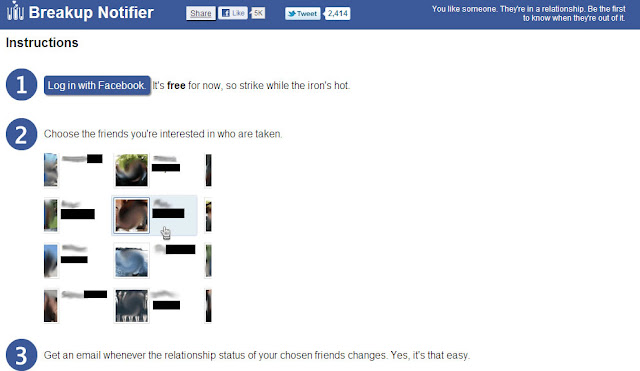Netbook chips to be introduced by AMD in 2011
By Andy Patrizio
Advanced Micro Devices plans to release a processor in its "Fusion" line that will be positioned for the netbook market, putting it in competition with the Intel Atom, and, to a lesser degree, the ARM processor.
The "Fusion" program is AMD's (NYSE: AMD) long-term project to integrate its CPU cores with graphics processor cores from ATI, which it acquired in 2006. The first Fusion processors are expected some time early next year. Intel (NASDAQ: INTC) has its own integrated processors, the Westmere family of Core i5/i7 chips, which feature integrated graphics in dual-core CPUs.
AMD hasn't yet hammered out all the specifics, but the netbook part will run in the 10-15 watt range, which is similar to the Intel Atom, and "it will have a good processor integrated with graphics, so you won't need the [Nvidia] Ion graphics to give it half-decent performance," according to Nigel Dessau, chief marketing officer at AMD.
The processor is likely from the "Bobcat" line of chips first disclosed last November. It will be designed for 12-inch and smaller screens. Intel has defined netbooks by screen size, and only supports 10-inch and smaller devices. AMD chose to make a new part rather than whittle down an existing one for the low-power, low-profile environment of netbooks.
"If we'd had a part, we'd have been in this space. We didn't have a part so we went and worked on a part for the thin and light space," Dessau told InternetNews.com. "The plan is to come to market next year with a Fusion part that fits in it nicely in a netbook type thing."
Some current netbook-sized devices contain low-voltage (35 watts) AMD processors, but they are not tuned for that market. The Fusion part will be specially tuned for those devices and that market, Dessau explained.
Four-Socket Revolution
AMD is entering 2010 in far better shape than it entered 2009. It has shed crushing debt and the expense of its foundries, resolved a legal tussle with Intel, and gotten new products out the door on time. Its latest product is the eight- and 12-core Magny-Cours line of Opteron processors. Now AMD has a plan to shake up that market.
In the coming weeks, AMD plans to announce a new Opteron roadmap and initiative to offer four-socket servers at the cost of two-socket systems. Four-socket servers often cost much more than just double the price of a dual-socket server, but AMD is looking to "redefine the economics of the 2P and 4P space," the company said.
Eighty percent of the server market is in the 2P space, while 5 percent is in the high end of 4P and higher and 10 percent is in low-end, basic single-core servers. AMD is looking to soup up what is mainstream.
"No one has declared a four-socket server at a two-socket price," said Dessau. "What we're thinking about is that really sweet spot in the middle of the market and bringing a new price point to it."
New Vision
Meanwhile, AMD has adjusted and modified its Vision program and is preparing to launch it for desktop computers. It started with laptops, and lessons learned there will be taken over to the desktop side, with the launch of AMD Vision for desktops in the first half of 2010.
AMD Vision is a marketing promotion akin to Intel's old Centrino bundle: The "AMD Vision" logo on a laptop means it has an AMD processor, chipset, and graphics chip. If there is any mixing of the three, it can't be branded a "Vision" notebook.
AMD also tried to get away from the tech-speak of speeds and feeds and numbers, and based the Vision sales programs around the message of "what do you want to do?" Instead of clock speeds, it used a measure of good/better/best. While this worked in some places, it also caused confusion.
In trying to explain its good/better/best program, AMD used the example of see/share/create. A "good" system, a low-end device, was deemed a "see" system, meaning it was ideal for viewing multimedia content. A "better" system labeled "share" was faster for uploading and downloading material. The problem was that people thought that if a system was dubbed "see," then it couldn't share or create -- which it could, albeit more slowly than PCs with those labels. "You never learn this until you try," Dessau said.
So AMD is changing its message "because it provided more complexity than we wanted," he explained. Instead of talking about people doing things, the company is focusing more on the people themselves. The message for retailers has been updated to be centered around types of users, as opposed to the types of applications they use.
That means working with retailers to show them a better way to sell AMD Vision products, but so far AMD has gotten a good reception. "I was surprised how quickly people adopted it," Dessau said. "I expected some resistance, but nine in 10 retailers we approached accepted it."

Comments